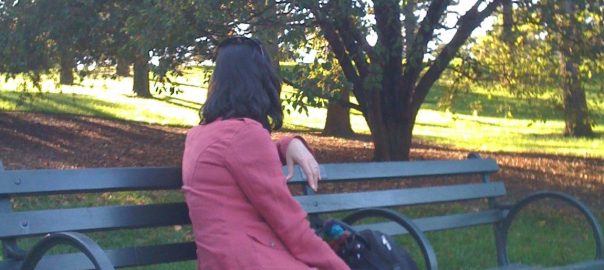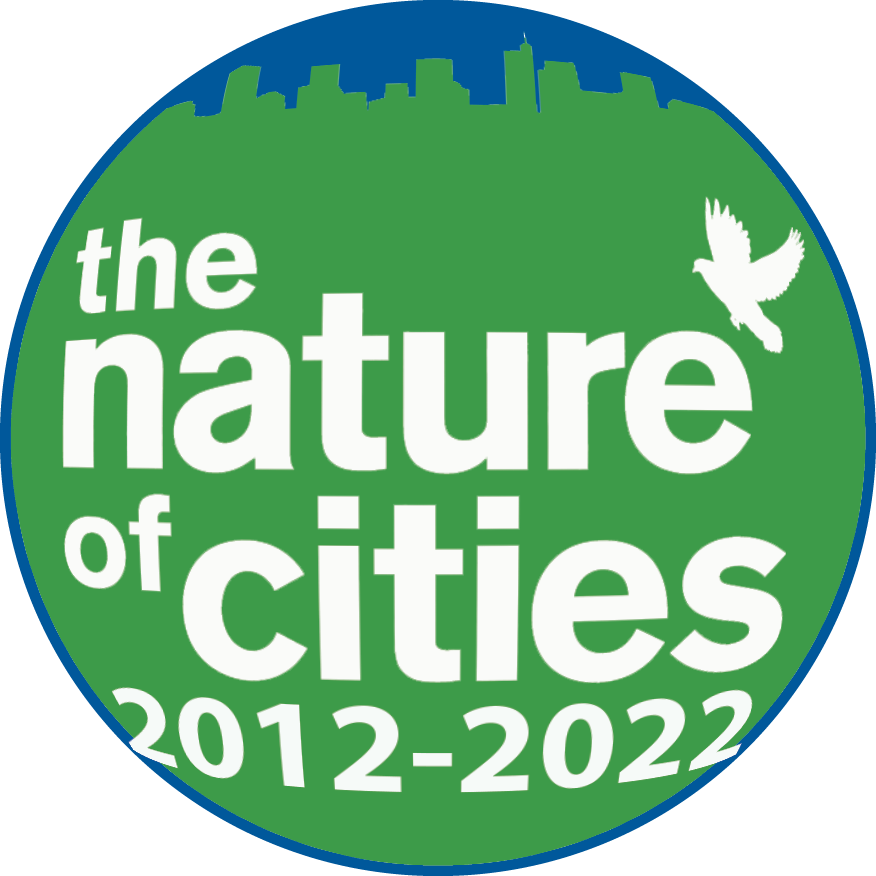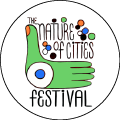17 March 2016
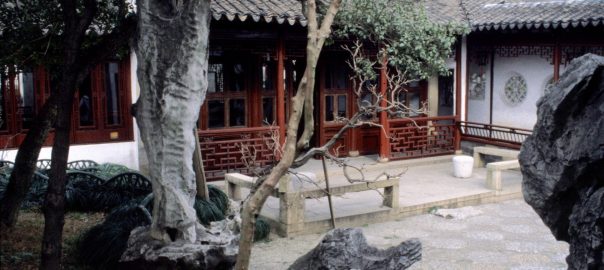
Step off the street in Suzhou through a small door and you leave behind the bustling cacophony of a modern Chinese city to enter a different world of tranquility and calm, where natural features create a sense of being surrounded by nature in a tiny oasis that is a scholar’s...
3 Comment(s)Join our Conversation
15 March 2016
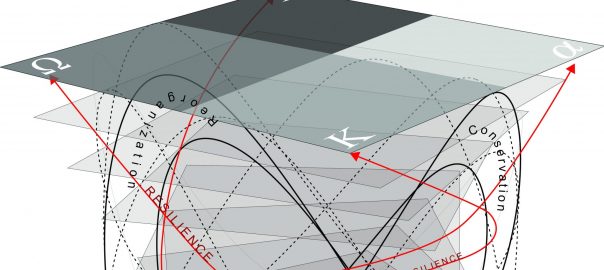
Long-term sustainability necessitates an inherent and essential capacity for resilience—the ability to recover from disturbance, to accommodate change, and to function in a state of health. In this sense, sustainability typically means the dynamic balance between social-cultural, economic, and ecological domains of human behavior necessary for humankind’s long-term surviving and...
2 Comment(s)Join our Conversation
14 March 2016

A review of Projective Ecologies, edited by Chris Reed and Nina-Marie Lister. 2014. ISBN: 1940291127. ACTAR, Harvard Graduate School of Design. 314 pages. Buy the book. Several months ago, I reviewed Landscape Imagination, a collection of essays by James Corner, a professor at University of Pennsylvania and the landscape architect who...
1 Comment(s)Join our Conversation
13 March 2016
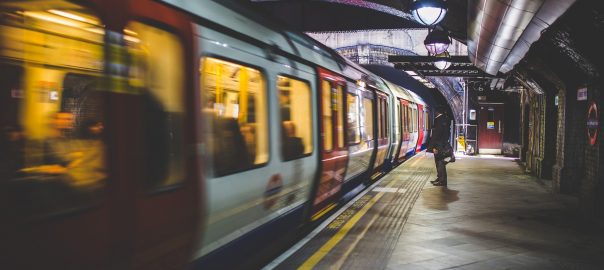
Cities pledge to reduce emissions and fight climate change—but do these commitments measure up? The transport sector makes up nearly one-third of urban emissions, a factor influenced by distances traveled and modes of travel. Most cities focus on policies to reduce emissions from modes of travel, such as encouraging residents...
6 Comment(s)Join our Conversation
10 March 2016
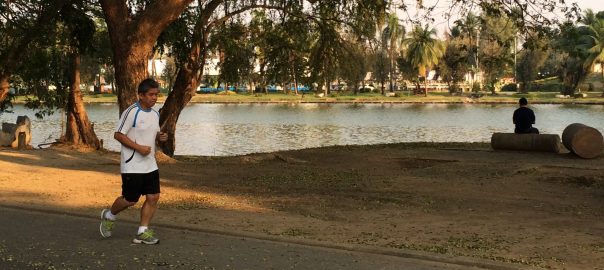
“Thailand is what you make it.” That’s what an ex-pat Westerner who relocated here a few years ago told us when we were strolling through Nakhon Sawan, a busy city in the country’s central/lower north region. This seems true in many regards, or at least from the on-the-ground impressions we...
0 Comment(s)Join our Conversation
8 March 2016
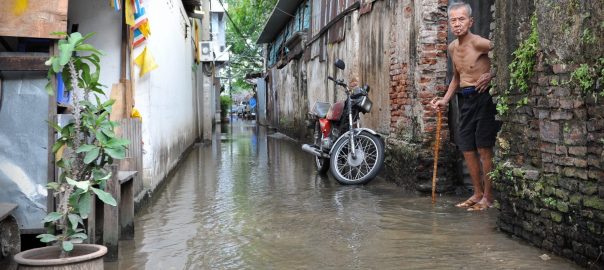
Inequality is on the rise! Recent statistics published by Oxfam on the economy of the 1 percent show that the richest 62 billionaires own as much wealth as the poorer half of the world’s population. The report goes on to show that the wealth of the poorest half of the...
2 Comment(s)Join our Conversation
7 March 2016
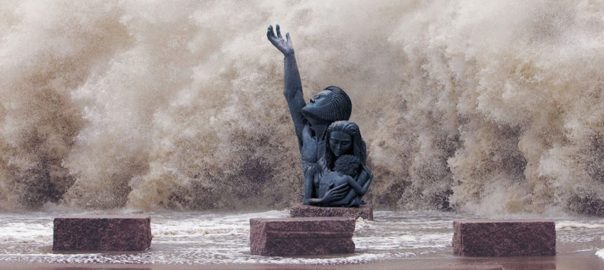
A review of Planning for Community Resilience: A Handbook for Reducing Vulnerability to Disasters, by Jamie Hicks Masterson, Walter Gillis Peacock, Shannon S. Van Zandt, Himanshu Grover, Lori Felid Schwarz, and John T. Cooper Jr. 2014. ISBN: 9781610915854. Island Press, Washington. 256 pages. Buy the book. Resilience certainly is the buzzword...
0 Comment(s)Join our Conversation
6 March 2016
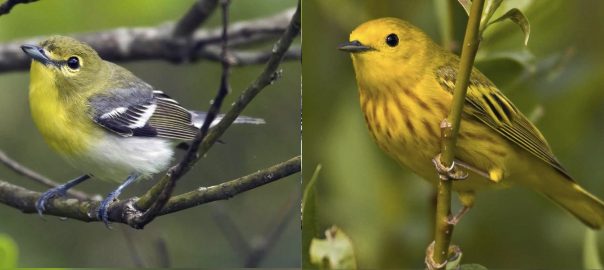
For many developers and city planners, it takes time and money to plan around trees and small forest fragments. Often, the message from conservationists is that we want to avoid fragmentation and to conserve large forested areas. While this goal is important, the message tends to negate any thoughts by...
8 Comment(s)Join our Conversation
5 March 2016
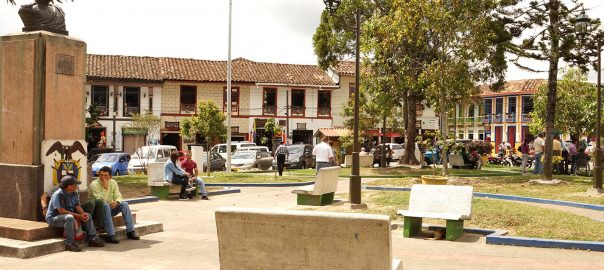
4 Comment(s)
Join our Conversation
3 March 2016
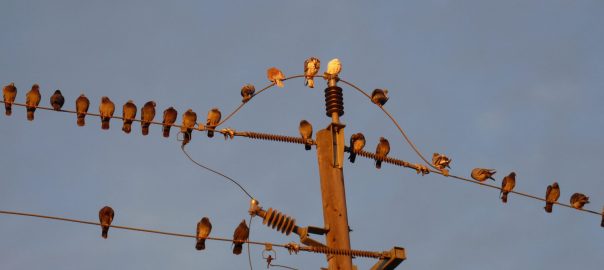
According to the United Nations, the second biggest problem for humanity after global warming is disorganized urbanization—urbanization without planning and integration of natural environments. Since 2008, for the first time in history, the majority of people live in urban areas, and this pattern is expected to keep increasing in the...
4 Comment(s)Join our Conversation
1 March 2016
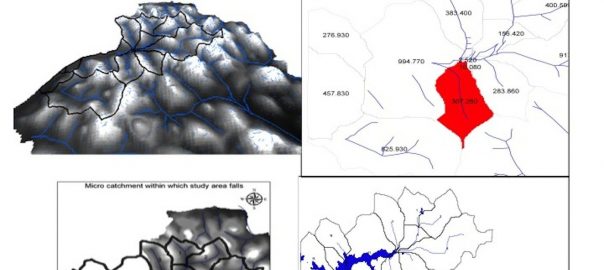
I have written in previous articles (here and here) that Kampala’s urban landscape has been largely fragmented, just like the landscapes of many other cities. In fact, this is the common character of urban development. But it isn’t the only way. In this article, I illustrate the urban risks that...
0 Comment(s)Join our Conversation
29 February 2016

Also available at iTunes. Story notes: Federal regulations make clean drinking something close to a guaranteed right for residents of cities in the United States, but not all urban water systems are created equal. Last year, independent scientists and grassroots activists discovered a widespread problem with lead levels in the water pouring...
2 Comment(s)Join our Conversation
28 February 2016
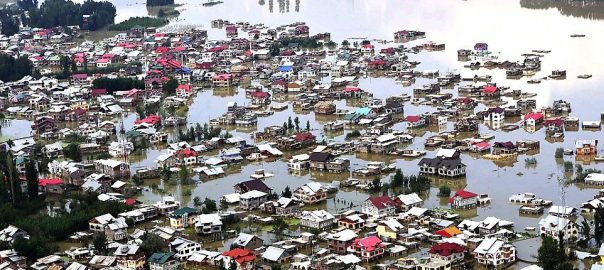
Increasingly, cities are becoming risky and vulnerable places to live in because of climate change; it is vital to integrate natural defences with gray, or built, infrastructure for sustaining cities. The past decade, from 2005–2015, has shown us what happens when we ignore the vital signs of urban ecosystems, which...
2 Comment(s)Join our Conversation
25 February 2016
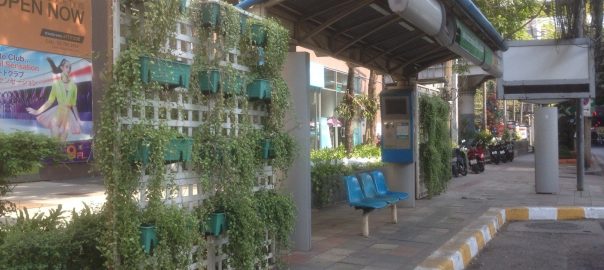
Also available at iTunes. Story notes: I am Jenn Baljko, and my partner Lluís and I started walking from Bangkok, Thailand, back home to Barcelona, Catalonia. Along the 12,000km journey, we’ll explore the idea of just and green cities, occasionally posting our perspectives here on The Nature of Cities—photos, podcasts, and essays on what we...
0 Comment(s)Join our Conversation
25 February 2016
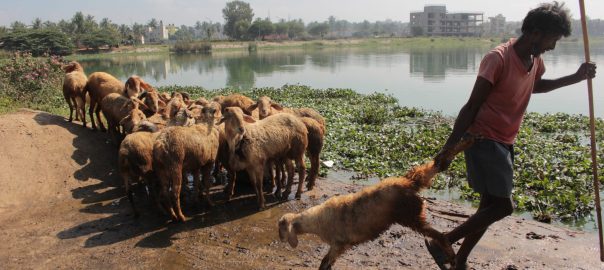
Rachenahalli is one of the few living lakes of Bangalore, in the north of the city. It is connected to water bodies upstream and downstream, particularly Jakkur Lake in the northeast. Both of these lakes have been rejuvenated, at substantial cost, by the Bangalore Development Authority over the last decade....
1 Comment(s)Join our Conversation
23 February 2016
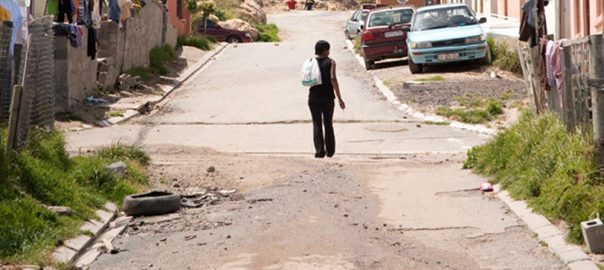
I have just returned from an exhilarating week spent in a workshop with a collection of UrBioNet members. UrBioNet is a network of researchers, practitioners, and students with an interest in urban ecology and biodiversity. It is broad in its remit: while it offers opportunities for discussion and sharing, it...
1 Comment(s)Join our Conversation
22 February 2016
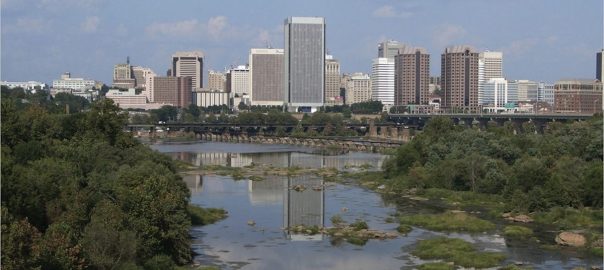
A review of Strategic Green Infrastructure Planning: A Multi-Scale Approach, by Karen Firehock, with chapter seven by R Andrew Walker. 2015. ISBN 978-1-61091-692-9. Island Press, Washington. 138 pages. Buy the book. Almost everyone knows what urban greening looks like and how much we need it in everyday life, but few understand why...
0 Comment(s)Join our Conversation
21 February 2016

We’ve seen a surge in new open space design initiatives here in New York City in the past decade, with projects as big and bureaucratically complex as the 2,200-acre Fresh Kills Park on Staten Island and as small and locally focused as the Bedford-Stuyvensant Community Garden in Brooklyn. Many of...
2 Comment(s)Join our Conversation
18 February 2016
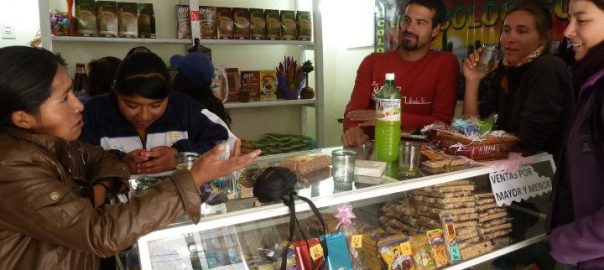
Edward Lorenz’s application of chaos theory to weather forecasting is better known to the general public as “the butterfly effect”, thanks to his conference presentation, “Does the flap of a butterfly’s wings in Brazil set off a tornado in Texas?” Lorenz’s law explains to us that there are unknown and...
0 Comment(s)Join our Conversation
16 February 2016
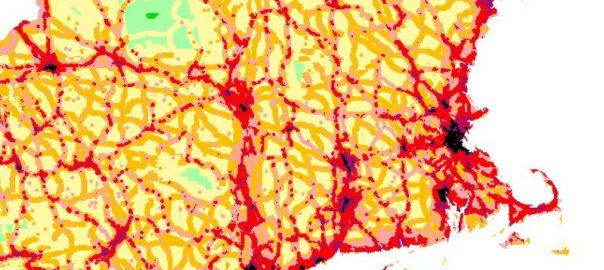
A frequent refrain in conservation is that we must prioritize. A cottage industry of conservation biologists, among whom I count myself, has risen to plan conservation and set priorities. And in nearly all of the hundreds or thousands of pages of conservation prioritizations that have already been published, nearly always...
2 Comment(s)Join our Conversation

